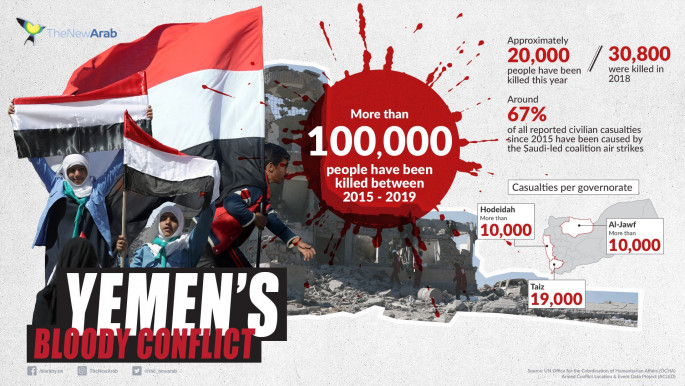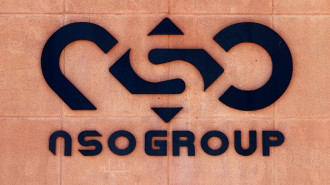Pentagon accuses Iran of sending advanced weapons to Houthis in Yemen war
Iran continues to deliver weapons to Yemen's Houthis, the US military said, following a second interception in less than three months of what Washington claimed were Iranian arms destined for the Tehran-backed rebels.
"The seizure is consistent with a historical pattern of Iranian smuggling of advanced weapons to the Houthis in Yemen," said Captain Bill Urban of US Central Command, which is responsible for US forces in the Middle East, during a briefing at the Pentagon on the latest interdiction.
This comes after a report released on Thursday suggesting drones used by the Houthis are becoming deadlier and more accurate over long ranges.
The interceptions were in the Gulf region and involved dhow vessels that were sailing without a flag, the first occurring on 25 November and the second on 9 February.
Photos of the seized cargo and said the weapons came from Iran and were intended for the Houthis.
In the latest seizure, the USS Normandy found 150 "Dhelavieh", Iranian-made copies of the Russian Kornet anti-tank guided missile and three Iranian-designed and manufactured "358" surface-to-air missiles, he said.
The weapons seized in November included the same type of projectiles plus a large number of spare parts for cruise missiles.
The United States assessed "with high confidence" that the weapons "were being illicitly smuggled to the Houthis in Yemen in contravention of multiple UN Security Council Resolutions," Urban said.
 |
He did not say how the two dhows, which are small boats that circulate in large numbers in the region, had been spotted or where they were loaded.
The crew arrested in the latest shipment were Yemeni and were delivered to the Yemen coast guard, he said.
Iran has repeatedly denied providing military assistance to the Houthi rebels, who have seized much of the country's north and took control of Sanaa in 2014.
The Houthis are battling the Yemen government, which is backed by a Saudi-led military coalition.
Advanced weaponry
"It's not just an evolution in their technology, but their ability to reach targets beyond the conflict," said Jonah Leff, the director of operations at Conflict Armament Research (CAR).
Read More: Investing in death: How Iran funded Assad's war at the expense of its own citizens
The report suggests that parts used in drones are "identical or similar" to improvised explosive devices found in Yemen and Bahrain.
Tens of thousands of people have died in the conflict since 2015 and millions suffer food shortages in what the United Nations calls the world's worst humanitarian crisis.





 Follow the Middle East's top stories in English at The New Arab on Google News
Follow the Middle East's top stories in English at The New Arab on Google News


